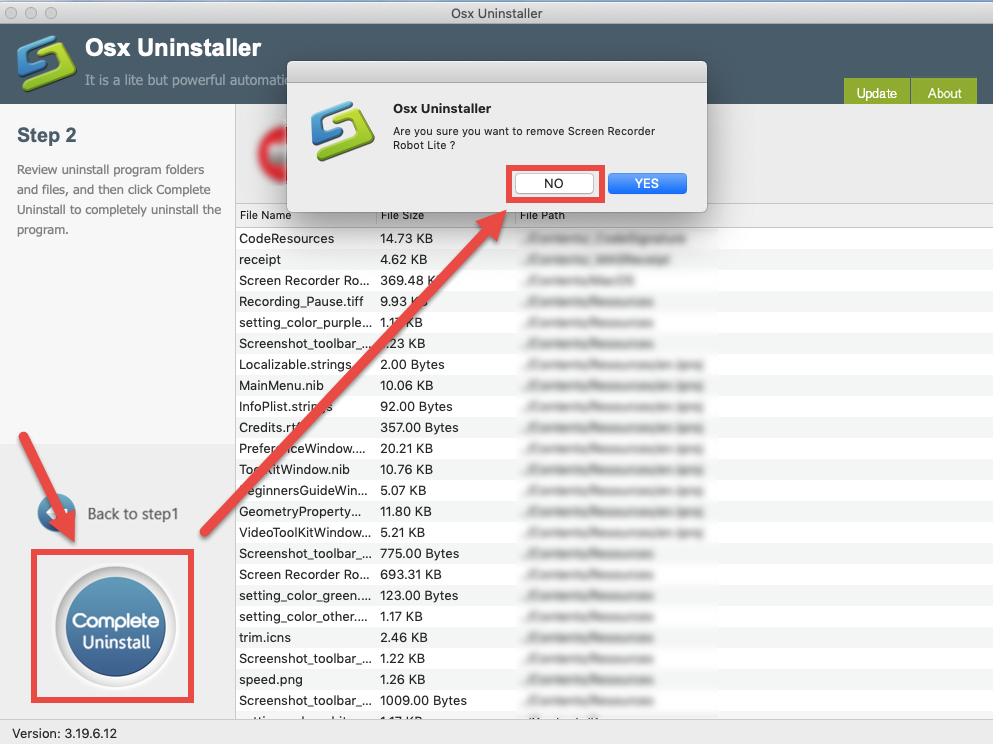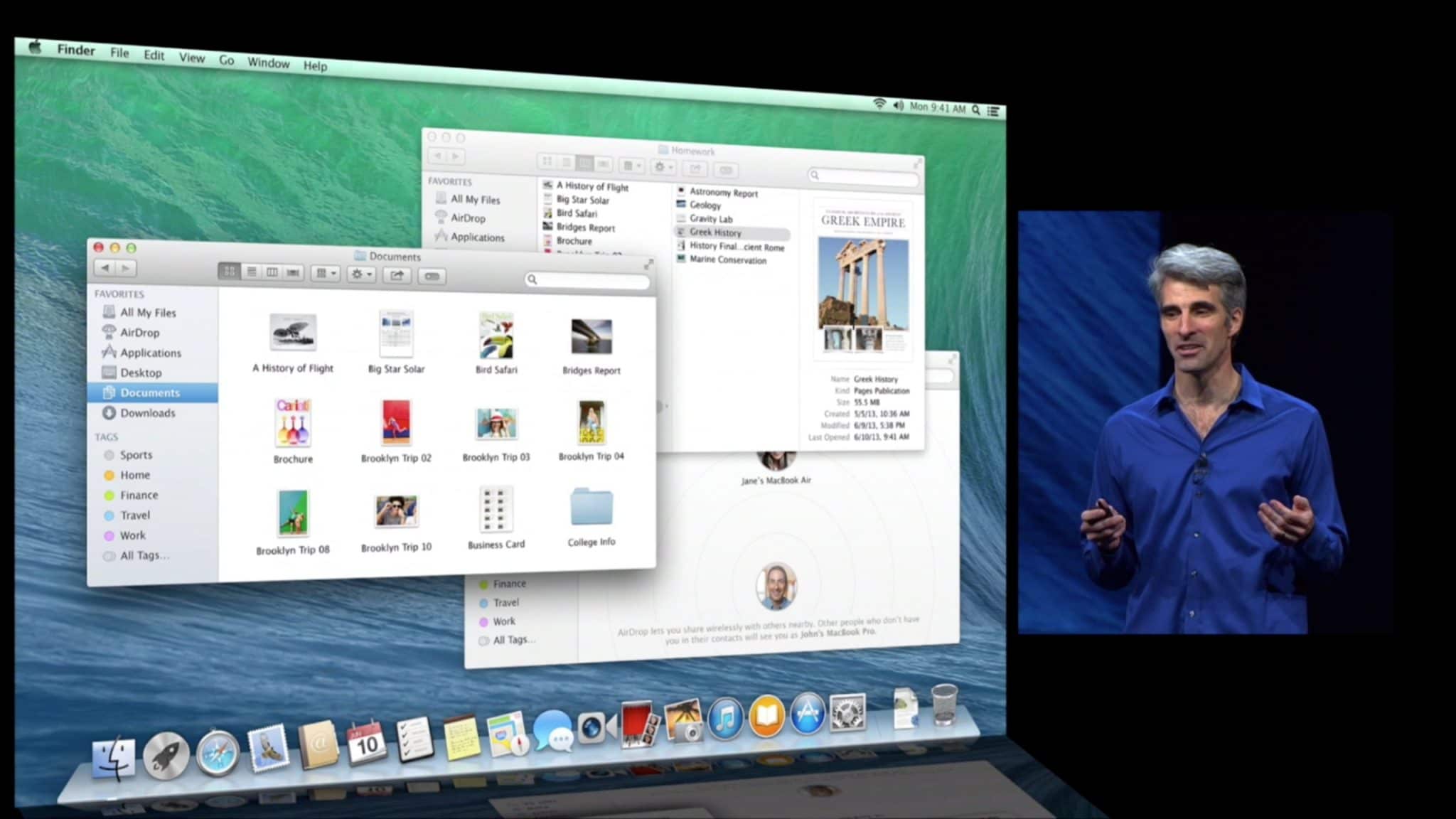

- #Soundflower mac os x for mac os x
- #Soundflower mac os x mac os x
- #Soundflower mac os x software
- #Soundflower mac os x code
To send the output of one application to another, select Soundflower as the output device in the first application and Soundflower as the input device within the second application. The 2-channel device is sufficient for most situations.

Soundflower presents itself as one of two audio devices (2ch / 16ch). Soundflower 1.3.1 requires Mac OS 10.2.8 or later. For troubleshooting, read a discussion here.
#Soundflower mac os x code
Visit the Soundflower Google Code page for complete information including downloads, source, and issues. Soundflower is free, open-source, and runs on Mac Intel and PPC computers.

Soundflower is easy to use, it simply presents itself as an audio device, allowing any audio application to send and receive audio with no other support needed.
#Soundflower mac os x mac os x
Soundflower is a Mac OS X (10.2 and later) system extension that allows applications to pass audio to other applications.
#Soundflower mac os x for mac os x
Elapsed time between two course this list would not be complete unless I mentionedįree Inter-application Audio Routing Utility for Mac OS X. The Inevitable Financial Exploitation of Technology. Next Post Next Slides from RCARCS 7/3/18 meeting: Intro to FT8 Digital Mode Search for: Search Meta More on this next step, and also configuring to use with WSJT-X coming up next. This shows a ‘Multi-Output Device’ comprising both the regular built-in audio (your speakers) and Soundflower. On MacOS you also have the ability to create composite audio devices using the Audio MIDI Setup app: With some virtual cables you have the option to monitor the audio passing over the virtual cable. You might note that with this current configuration there’s no actual audio coming out of your speakers. With WebSDR we can’t obviously transmit, but if you have access to a remote rig like, you can route the audio from WSJT-X into the remote rig app. From WSJT-X we’re then taking the audio from this virtual cable as the input into WSJT-X, effectively routing the audio from the web browser into WSJT-X.Īlso note that with Output = Soundflower in WSJT-X, if we transmit on WSJT-X the audio will also go out on the virtual cable. Note that with Input = Soundflower we’re routing the Output audio from the WebSDR running in the browser into the Soundflower virtual cable. Next, start up WSJT-X and go to Preferences, Audio: Here’s KFS and we’re tuned in to 7.074Mhz USB to receive some FT8: Start up a browser and pick a Web SDR station from Let’s give this a go to connect the output from a WebSDR with the input to WSJT-X.įirst, from System Preferences, select the Output to be Soundflower (shown above). Instead of configuring Speakers for output and Mic for input, if you configure the input for one app as Soundflower (one end of the virtual cable) and the output for another app also as Soundflower (the other end of the cable), and sound output from one app is now directed into input of the other. Think of the Soundflower device as your cable. Once installed, you’ll find a couple of extra sound devices in your System Preferences: There’s a commercial product called Loopback from Rogue Amoeba, or an open source alternative called Soundflower.įollow the instructions to download and install. On Windows you have a product called VB-Cable (the approach for Windows is similar to what’s described here). What happens though if you want to route your audio from one application to another? For example, can you pipe the audio from a Web SDR running in your browser straight into WSJT-X (or any other digital mode software)? What you need are ‘virtual audio cables’. Normally you would use a physical audio cable between your radio to your Mac, either via a soundcard interface like a Rigblaster, or even a direct USB connection to your Mac and your radio. #Soundflower mac os x software
You’re running some digital mode software like WSJT-X on your Mac.







 0 kommentar(er)
0 kommentar(er)
